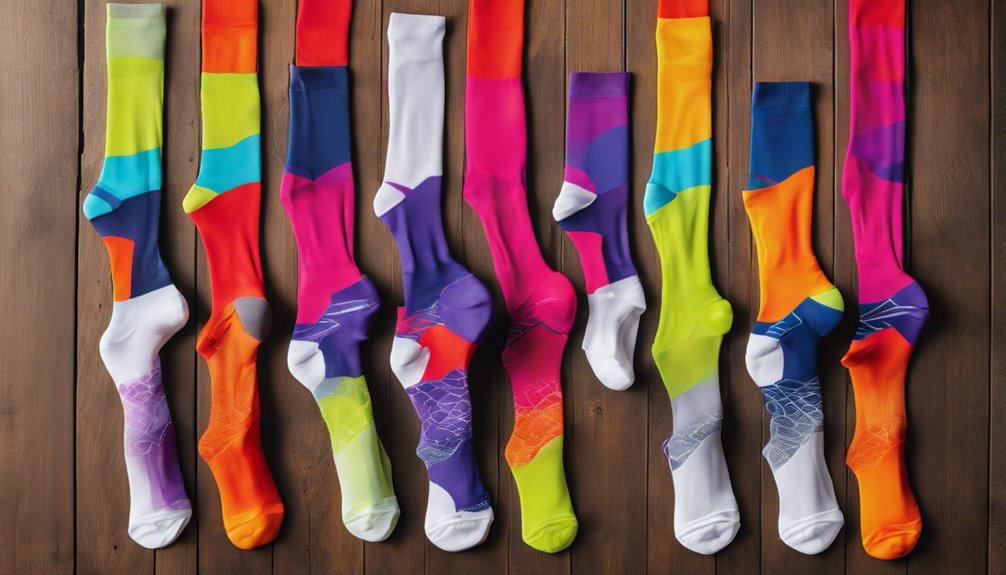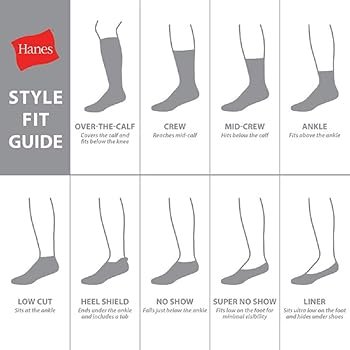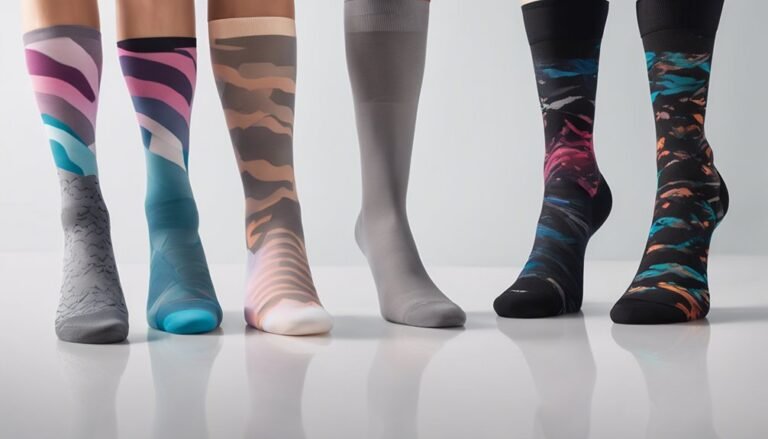Cycling Socks vs. Running Socks: Which Provides More Comfort?
Cycling socks focus on moisture management and a snug fit to enhance pedal power, making them comfortable for cycling. In contrast, running socks prioritize cushioning and arch support to reduce fatigue over long distances. The materials used differ; cycling socks often use synthetic fibers for quick drying, while running socks may feature merino wool for natural moisture-wicking. Each sock type offers unique benefits tailored to its activity. Discover more about how to choose the right sock for your needs.
Understanding the Purpose of Cycling Socks
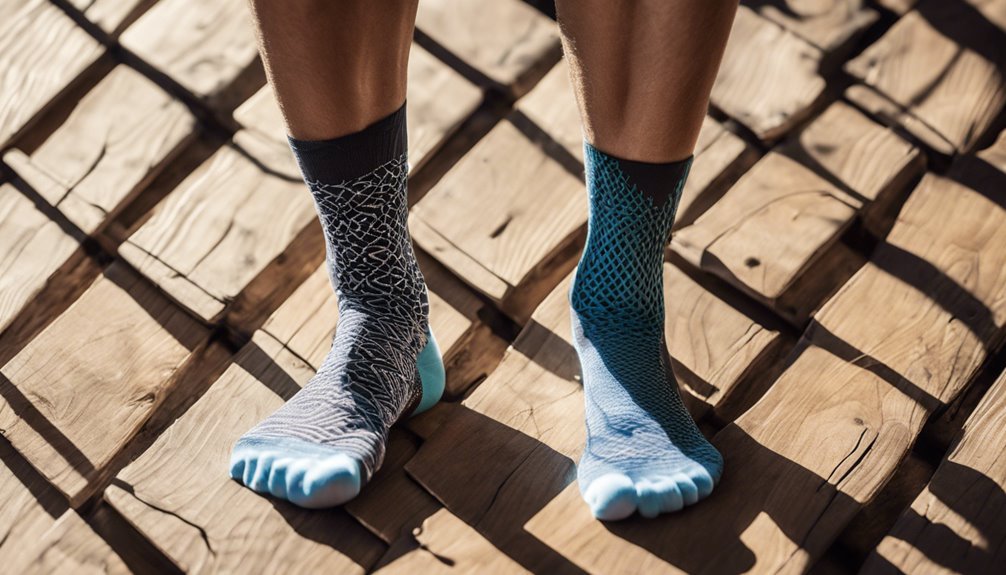
When it comes to cycling, the right pair of socks can make a significant difference in your comfort and performance. Cycling socks are specifically designed to address key comfort factors such as moisture management, cushioning, and breathability. Unlike regular socks, these are often made from synthetic materials that wick sweat away, reducing the risk of blisters and improving overall comfort during long rides. Additionally, their snug fit supports your foot, enhancing power transfer to the pedals. Sock longevity is another vital aspect; high-quality cycling socks can withstand frequent washing and wear, maintaining their performance over time. Investing in the right cycling socks not only enhances your ride but also contributes to a more enjoyable cycling experience.
Key Features of Running Socks
Running socks are engineered to enhance your comfort and performance during runs of any distance. One key feature is arch support, which helps maintain foot stability and reduces fatigue, allowing you to run longer without discomfort. Additionally, the design often includes strategic cushioning that provides extra protection, particularly around the toes. This toe protection minimizes the risk of blisters and injuries caused by friction, ensuring you can focus on your pace and distance. Furthermore, the fit of running socks is snug yet flexible, preventing bunching and slipping during your stride. These features collectively create a supportive environment for your feet, enhancing your overall running experience and letting you enjoy the freedom of movement without distraction.
Material Comparisons: Breathability and Moisture-Wicking
Although both cycling and running socks prioritize comfort, their material compositions differ considerably regarding breathability and moisture-wicking capabilities. Cycling socks often utilize synthetic fibers like nylon and polyester, engineered for superior moisture management and quick drying. This helps regulate temperature during long rides, keeping your feet cool and dry. In contrast, running socks may incorporate merino wool, which excels in temperature regulation while offering natural moisture-wicking properties. While wool can be warmer, it remains effective at managing sweat, preventing blisters. Ultimately, if you're looking for a sock that keeps your feet comfortable during intense activities, understanding these material differences is key to enhancing your overall experience, allowing for a more liberating and enjoyable workout.
Cushioning and Support Differences
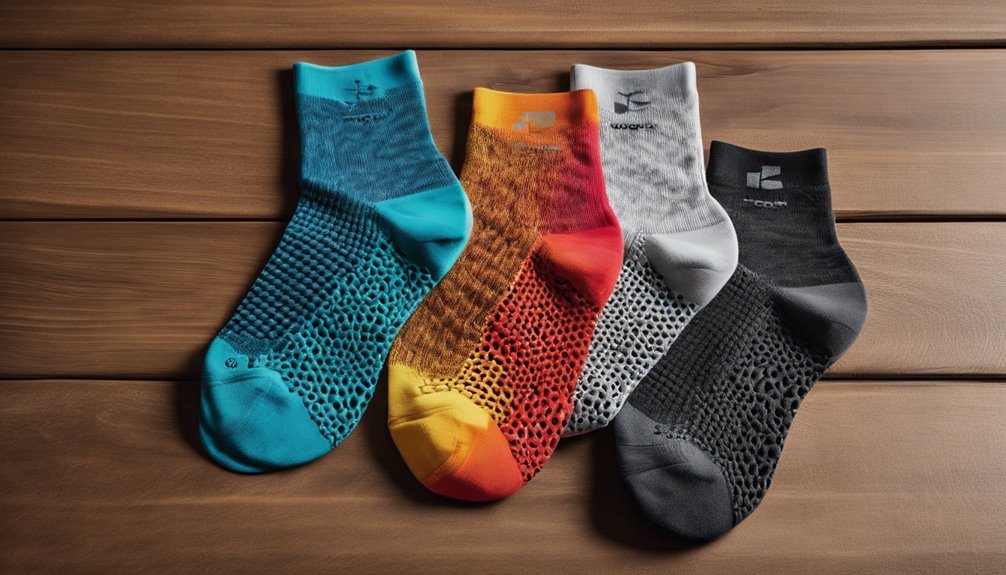
While material composition plays a considerable role in performance, cushioning and support are equally important factors to evaluate when choosing between cycling and running socks. Cycling socks often feature specialized padding technology that targets key pressure points on the foot, enhancing comfort during long rides. They tend to have less sock thickness compared to running socks, allowing for a snug fit inside cycling shoes. In contrast, running socks usually boast thicker padding to absorb shock and provide cushioning for the repetitive impact of running. This difference in focus can considerably affect how supported you feel during your activity. Ultimately, the choice between these socks should align with your specific needs for comfort and performance in your chosen sport.
Fit and Design Considerations
When selecting socks for cycling or running, fit and design are essential aspects that can greatly impact performance. The right sock length matters; cycling socks often feature a lower cut, while running socks can be ankle or crew length. This difference affects breathability and moisture management. Additionally, design aesthetics play a role in your overall motivation and enjoyment. You might prefer bold colors or patterns that reflect your personality, but don't overlook functionality. Look for features like arch support and seamless toes, which enhance comfort during long rides or runs. Ensuring a snug fit without constriction is vital, as it prevents blisters and maintains circulation, allowing you to focus on enjoying your activity without distraction.
Choosing the Right Sock for Your Activity
Choosing the right sock for your activity hinges on several key factors: material and breathability, cushioning and support, and fit and compression. For instance, cycling socks often feature moisture-wicking fabrics to keep your feet dry, while running socks may provide extra cushioning to absorb impact. Understanding these differences can enhance your performance and comfort during your chosen sport.
Material and Breathability
Understanding the material and breathability of socks can greatly enhance your comfort and performance during cycling or running. Selecting the right sock involves considering the fabric technology used and the sock's ability to regulate temperature.
- Breathable materials help wick moisture away.
- Advanced fabric technology minimizes friction and blisters.
- Temperature regulation keeps your feet cool in summer and warm in winter.
Cycling socks often utilize synthetic blends for moisture management, while running socks may feature merino wool for insulation. Both can provide ventilation, but it is crucial to assess how these materials work in your specific activity. Ultimately, choosing the right sock can make a significant difference in your overall experience, allowing you to focus on your freedom to move.
Cushioning and Support
While the right cushioning and support can enhance your performance, the specific needs of runners and cyclists differ greatly. Runners often benefit from thicker socks with additional cushioning to absorb impact, while cyclists typically prefer lighter, more streamlined options that enhance pedal efficiency. Incorporating compression technology can further improve blood circulation and reduce fatigue for both activities.
| Activity | Recommended Sock Thickness | Compression Technology |
|---|---|---|
| Running | Medium to Thick | Yes |
| Cycling | Thin to Medium | Optional |
| Trail Running | Thick | Yes |
| Mountain Biking | Medium | Yes |
| Road Cycling | Thin | Optional |
Choosing the right sock can remarkably affect your comfort and performance, so consider these factors carefully.
Fit and Compression
The right fit and compression level in socks can greatly influence your overall comfort and performance during either running or cycling. When selecting your socks, consider the following:
- Compression benefits: Proper compression can enhance blood circulation, reducing fatigue.
- Fit variations: Socks come in various sizes and styles, ensuring you find the perfect match for your foot shape.
- Activity-specific designs: Different sports have unique demands; choose socks designed for your specific activity.
Whether you prefer a snug fit for running or slightly looser socks for cycling, understanding these aspects will help you avoid blisters and discomfort. Prioritize finding the right balance of compression and fit to enjoy your activities without limitations. Comfort is key to maximizing your performance and overall experience.
Frequently Asked Questions
Can I Use Cycling Socks for Running?
While you can use cycling socks for running, they may not optimize performance differences. Cycling socks often focus on moisture management, which might not suit running's demands. Consider specific running socks for enhanced comfort and support.
Do Running Socks Offer Arch Support?
Yes, running socks often provide arch support through specific design features and cushioning materials. This support enhances comfort during runs, reducing fatigue and improving performance, allowing you to enjoy your running experience without discomfort.
How Often Should I Replace My Socks?
Think of your socks as the foundation of your journey. Ideally, replace them every 6-12 months, depending on sock material and durability. Worn-out socks can hinder your freedom, impacting performance and comfort during activities.
Are There Gender-Specific Cycling or Running Socks?
Yes, there are gender-specific cycling and running socks designed with gender differences in mind. They often use different sock materials to enhance fit and comfort, accommodating anatomical variations between men's and women's feet for peak performance.
What Are the Best Brands for Cycling and Running Socks?
When choosing the best brands for cycling and running socks, consider sock materials like merino wool or synthetic blends, and sock thickness for breathability and cushioning. Brands like Smartwool and Balega often excel in these areas.

